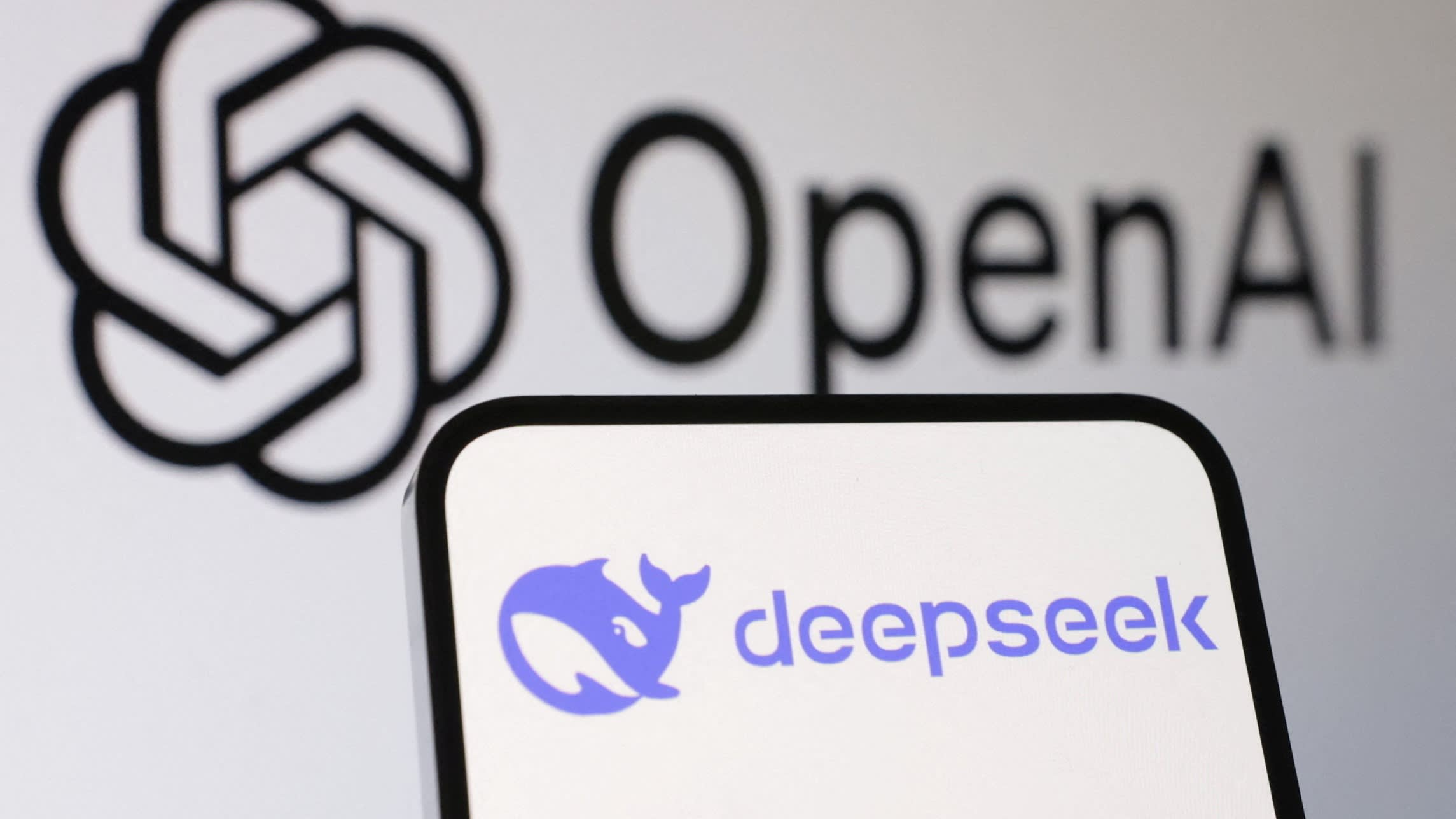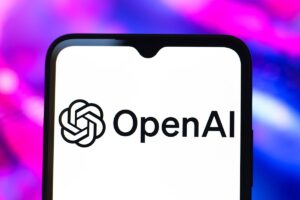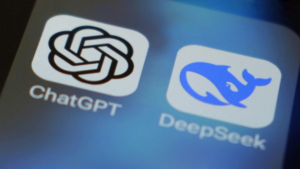OpenAI Claims Evidence of DeepSeek in China Using Its Model for Competitor Training

OpenAI Accuses DeepSeek of Misusing Its Model
Understanding the Allegations
OpenAI, a leading organization focused on artificial intelligence (AI), has recently stated that it possesses evidence suggesting that DeepSeek, a Chinese company, has used its proprietary model to develop a competing service. This claim has raised significant concerns about the ethics of AI development and the protection of intellectual property within the rapidly evolving technology landscape.
Who Are the Parties Involved?
OpenAI: Founded in 2015, OpenAI aims to ensure that artificial general intelligence (AGI) benefits all of humanity. The organization is well-known for creating advanced AI models, including the widely used GPT series, which have applications in a variety of sectors, from customer service to content generation.
- DeepSeek: A lesser-known entity based in China, DeepSeek is entering the AI field and has gained attention for its efforts to create AI tools. However, its exact capabilities and the full scope of its products remain less transparent compared to established competitors like OpenAI.
What is the Basis of OpenAI’s Claims?
OpenAI’s assertions stem from allegations that DeepSeek has utilized its technological framework or dataset without permission. In AI development, training models on pre-existing data is common. However, when a company uses another’s proprietary technology without consent, it raises serious legal and ethical questions.
Implications of the Allegations
The claims made by OpenAI are not just a matter of competition; they bring to light broader issues regarding intellectual property rights in the AI sector. Here are some potential implications of this situation:
Intellectual Property Concerns: If OpenAI can substantiate its claims, it could set a precedent for how intellectual property is protected in the AI industry. This might influence future innovations and partnerships.
Regulatory Scrutiny: Accusations like these can prompt regulatory bodies to take a closer look at AI companies and their practices, particularly regarding data usage and the ethical implications of technology development.
- Impact on Global Standards: As AI development becomes a global effort, different standards of ethics and legality surrounding intellectual property could lead to tensions between companies in different countries.
The AI Landscape Today
As AI technology becomes increasingly integral to many industries, tensions surrounding intellectual property rights are intensifying. Here are some key factors to consider:
Rapid Development: The pace at which AI technology is advancing creates challenges in regulating usage and ownership. Companies are keen to protect their inventions while still fostering an environment conducive to innovation.
- Collaborative Research vs. Competitive Practices: While collaboration in research has been beneficial for progress in AI, businesses must navigate the thin line between sharing knowledge and protecting proprietary information.
What Lies Ahead for OpenAI and DeepSeek?
The situation between OpenAI and DeepSeek underscores the ongoing challenges in the world of artificial intelligence. Here are a few potential outcomes of this dispute:
Legal Action: OpenAI may choose to pursue legal avenues to protect its interests. This could lead to an extended legal battle centering on intellectual property laws and their applications in AI.
Industry Dialogue: The controversy may serve as a catalyst for conversations among other tech companies about the need for clearer guidelines regarding the use of AI models and shared data.
- Increased Transparency: Both companies, along with others in the AI sector, might be encouraged to adopt policies that ensure transparency in their data usage and model design processes.
Conclusion
As the debate intensifies over the use and ownership of AI models, it will be crucial for all involved parties to engage thoughtfully with the concerns raised. The outcome of this situation not only affects the companies directly involved but may also influence the broader AI industry and its future trajectory.






